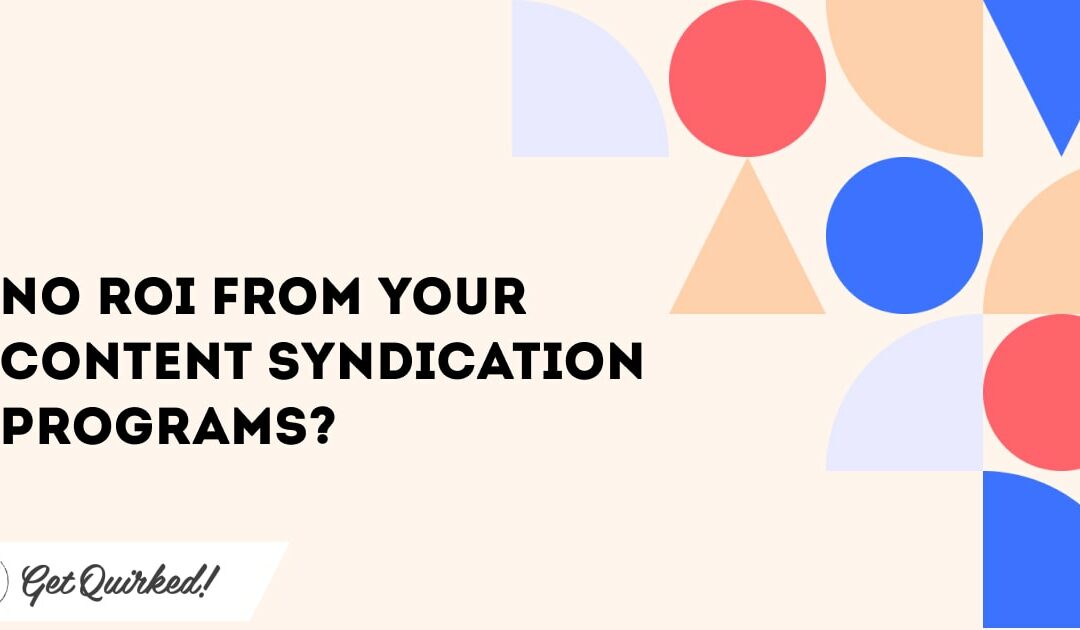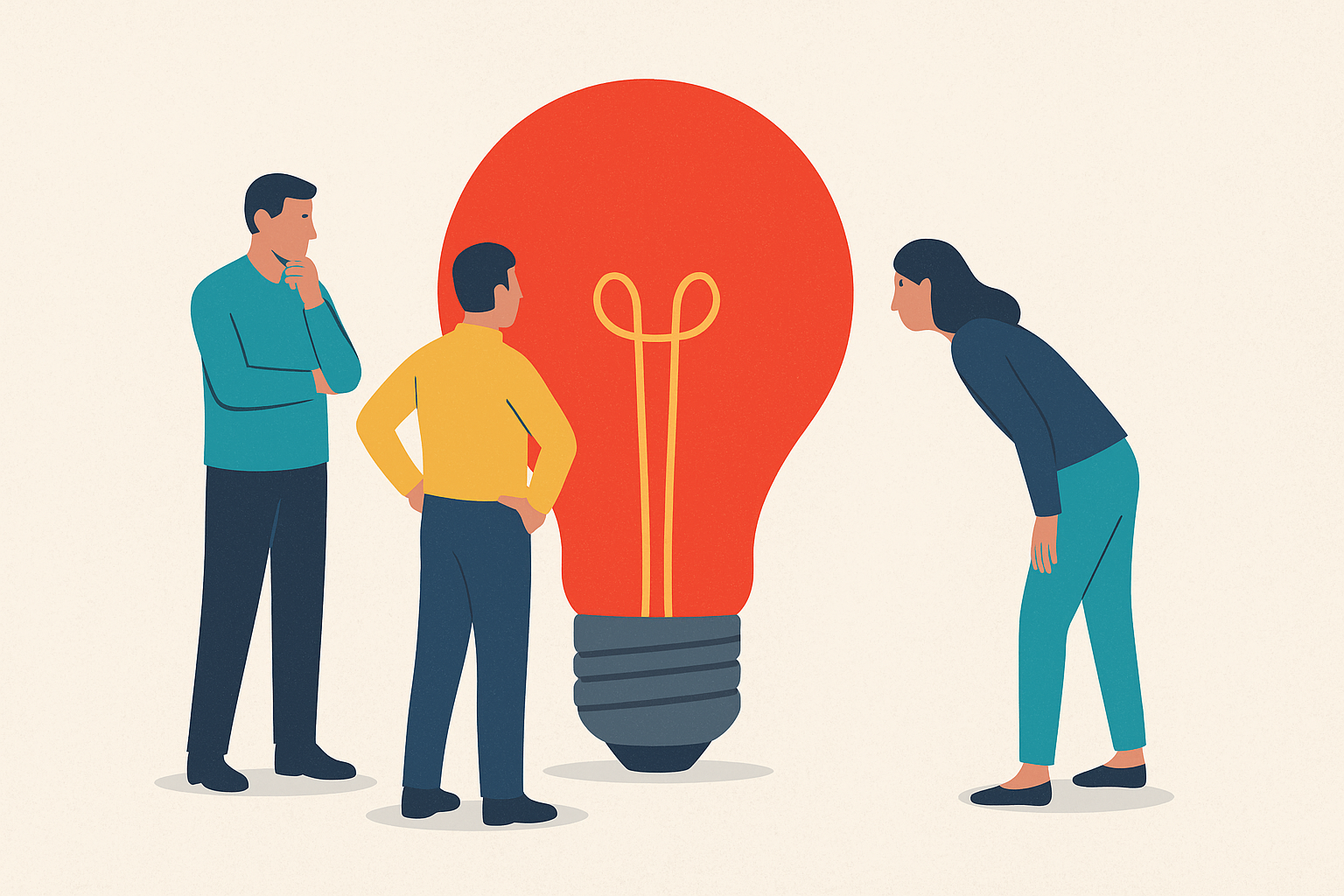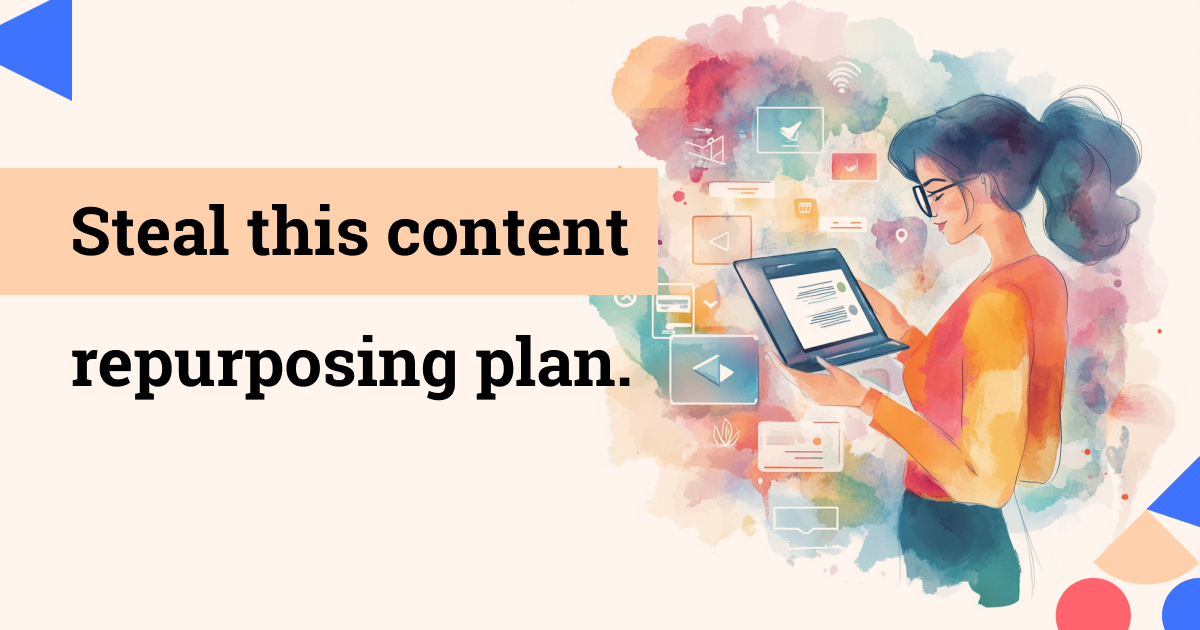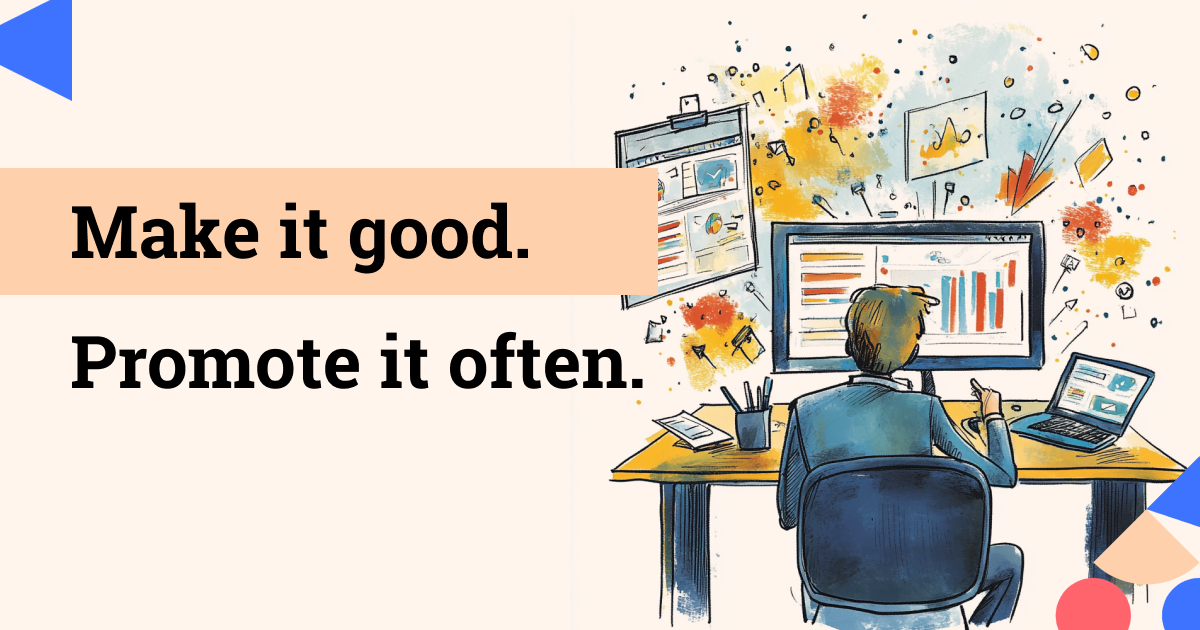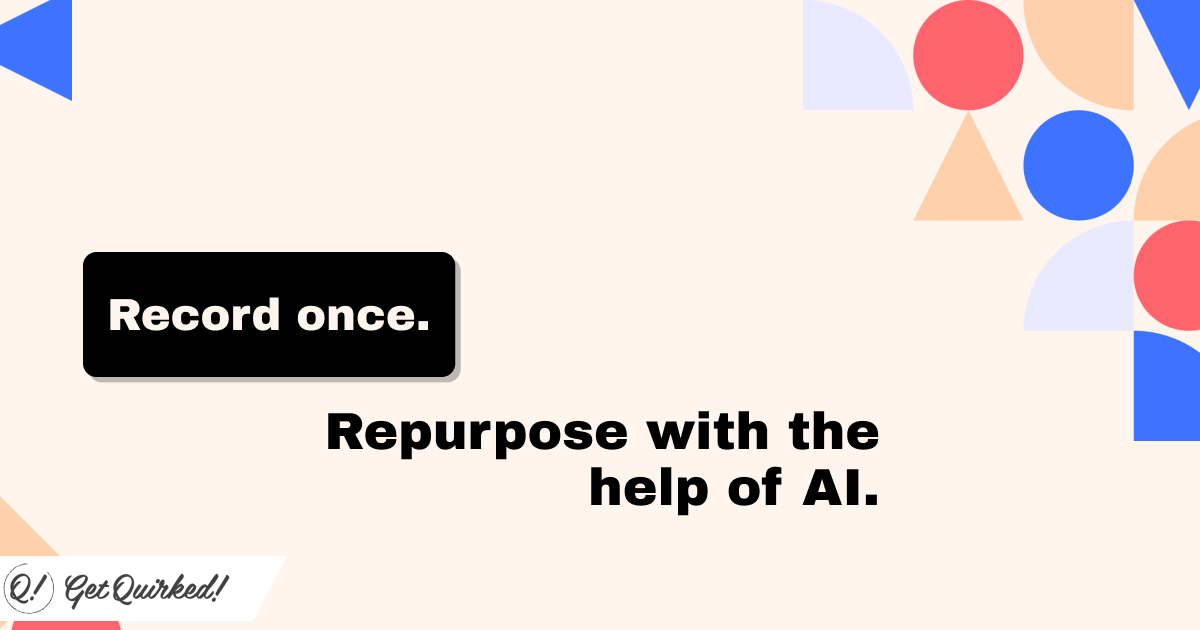Content syndication gets a lot of flack for being an ineffective way to market in B2B, but nearly everyone I know and am connected with still uses it. I believe there’s good and bad content syndication programs, but that isn’t important. What is important is that you can improve your Lead quality from content syndication by doing some small, yes additional, but small things differently.
How to improve the performance of leads you get from b2b content syndication campaigns
I’ve got 5 strategies I suggest you try to pimp your content syndication campaigns.
- Become a part of the community before you start doing lead generation
- Demonstrate you can help your audience by actually helping them
- Automate follow-up to launch as soon as possible
- Remind them of the value they got and what to do with it to see maximum benefits
- Do something unique to make their experience with you, your brand, and your content incredibly memorable
All of these require more work than you are likely doing today, but that is a GOOD thing. Content syndication is a great channel to capture attention with, but it’s only a fleeting amount of attention.
That’s why we have to do more work to keep it captured and mature attention into trust. One of the best ways I know to do that is to demonstrate you can help your audience by actually helping them.
The good news is you’re already doing this with your content syndication assets. Now we need to figure out how to leverage those small, fleeting moments of captured attention. And we’re going to do that with at least 1 of these 5 strategies.
Become a part of the community before you start doing lead generation
This is by far the hardest thing to do as it takes time and patience. A lot of patience. But it pays off tremendously for a long time. As you interview vendors and analyze the features, geos, audiences, etc. you should start to notice that a few stand out. You may not know why, like you are drawn to them for one reason or another but can’t quite grasp what it is.
Sometimes it may be super obvious, like a Tech Services provider finding a great place with TechTarget as a vendor. Match made in business heaven.
As you evaluate your options, join the community. Obviously those free to join are easiest, but many paid communities are well worth the relatively small investment. Dig into the content. Spend time interacting with the community in whatever ways they are already using.
This is where gold is found.
Gold like, no one is talking about a topic your company is fantastic at and customers love it about working with you.
Or gold like, 90% of most popular content you can do WAY better and improve on what is already there.
OR, gold like, your biggest competitors are ignoring a network entirely.
You will also find gold in the language used to describe the pain your customers feel, common complaints that maybe you have solved for with your product or service (or that you could solve for with some clever marketing).
By becoming a part of the content syndication network’s community before you starting paying them money, you get to evaluate so many things without having to spend money to figure it out. Though the argument could be made that if you have the money to do so, you could spend more to find all that out much more quickly. It depends on how much money you have and are willing to spend to learn these things.
Demonstrate you can help your audience by actually helping them
This is by far my most quoted line to clients, peers, and mentees. I learned it early in my career from Frank Kern and haven’t looked back. I still catch myself asking if I’ve done this in every motion I do.
So what does that mean, Demonstrate you can help your audience by actually helping them…?
It’s quite simple. Create content that teaches your audience something or gives them some action to take that will get them at least one step further on their journey toward solving their problem(s). Not 3 or 5 steps, really you only need to get them to make a small amount of progress on their journey.
The key is in the amount of value taking that one step forward gives to your audience. This is where knowing your audience really well comes in handy. Once you understand the commonalities about your client’s journey, you can build content to help them reach each of the milestones that lead up to the point where they become a client and pay you money (or pay you money again).
Following this principle, as Frank says, builds massive amounts of goodwill in the marketplace and people will begin flocking to you. Not just people, but the right people because you will be speaking to them at each stage of the journey and they will recognize that you can help them get to the next stage or beyond.
An example of this might be building a new CRM on-boarding checklist for enterprise businesses that are implementing Microsoft Dynamics or Salesforce. This checklist can ensure the most critical questions get asked of the right stakeholders across the business. It might also make your audience members look really awesome in the eyes of their peers, stakeholders and bosses (c-suite).
It’s a 2-fer. For those not up on the slang word, 2-fer means 2 for the price of 1. In this case, the checklist helps the audience member take a step forward on their journey AND if followed properly can make them look good in their role and accomplishments.
Automate follow-up to launch as soon as possible
Oh my. This is a hot topic with me. In some of my roles, we have not had the luxury of good data or even the same data across customer management tools like CRM and MAPs (marketing automation platforms). So we end up spending time trying to clean and match the data before we feel confident in acting on it.
This has resulted in email follow-up programs taking weeks to launch. The “lead” doesn’t remember what you’re talking about and sees the communication as spam.
This article isn’t about copywriting or structuring the follow-up content, but that is 80% of getting it right. In my opinion.
We will however say, “Fuck it. We’ll do it live.” as often as possible. I get that we should marry our data up so it’s better suited to good things in the future. I’m all for that.
I’m not all for waiting for days or weeks to do this well-timed digital follow-up with my “leads” I’ve paid good money for, only to go cold, stale, and wither on the vine.
Get the comms out as fast as you possibly can. For some, this could mean a native integration with their vendors API and whatever CRM or MAP you’re using, like Salesforce or Marketo respectively.
Merge the data later if you can’t find good ways to merge it near real time.
As soon as the contact data hits your MAP, you should be triggering the very first of at least 3 emails to send. If you’re really good, you’ll also add these people to retargeting & re-marketing advertising programs.
I say at least 3 because of the structure I like to follow in the crafting of these messages.
- Remind them of the value they should have received, give it to them again. This could be a summary or list, or link back to the asset if that makes sense. Then end with an offer of some kind that could help them even more (typically this is a paid engagement of some kind).
- Dial into one of the take aways from the previous message and tie it directly to the outcome of the paid offer you made previously. Show case how that one takeaway will get them X% farther on their journey but will fall short of what the paid offer can provide to them. Then, call them to action again for the paid offer.
- This is your final note on the paid offer. It may still be available, but not for the same price or with the same benefits or bonuses.
Remind them of the value they got and what to do with it to see maximum benefits
Stealing from the copywriting structure of the email follow-up program above, we remind the audience member what they should have learned, be able to do now, have, or could have if they follow our advice. Really sell that value on an emotional level for the audience member.
When we are reminded of something we learned AND the value of having that knowledge, we are much more likely to take action on that value. This is the core of “demonstrate you can help people by actually helping them”, and it’s your responsibility to constantly live within the bounds of it.
We will receive, often in multiples, the value we provide to others. I believe this to my core and do my best to consistently act accordingly.
Do something unique to make their experience with you, your brand, and your content incredibly memorable
This one can be any kind of fun you want to throw at the wall. Seriously, have fun with your audience/clients/prospects. Humor and joy are feelings that help build lasting memories in the brain. That’s what branding is all about. You want your brand to be more strongly and fondly remembered than your competition, always.
You can leverage corporate gifting or tactile marketing automation vendors like Teak&Twine or PFL to help bring this joy to your customers. Once you’ve got the contact info from your content syndication vendor, you could send them something physical to enhance the experience.
Don’t forget to remind them of why you’re connected, the value you’ve already provided, and what more you hope they can accomplish with this gift. Sometimes the “gift” is some swag, maybe an invitation to a semi-private event or virtual experience, or maybe it’s a sales-letter that is doing a heck of a job at up-selling them on something that is paid.
Wrap it all together and CTA
Whatever you choose to do after you capture a lead via content syndication, make sure it’s perceived as valuable to your audience. It MUST prove to be valuable to them. And it’s part of your job to make sure they, your audience, knows that as quickly as possible.
Any of these 5 strategies will help you get more value out of those leads you’ve captured or will capture via content syndication. If you’d like help implementing any of these strategies connect with me here on LinkedIn.

